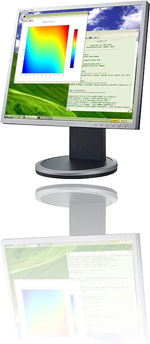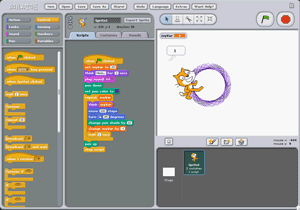 Some cool new user-submitted software links today:
Some cool new user-submitted software links today:
- SAGE is math software that supports research and teaching in algebra, geometry, number theory, cryptography, numerical computation, and related areas. It looks very useful.
- CAE Linux is an entire Linux distribution designed specifically for computer aided engineering. It has pre-compiled packages for Salome and Code Aster.
- Elmer is a finite element code for multiphysical Problems. Elmer includes physical models of fluid dynamics, structural mechanics, electromagnetics, heat transfer and acoustics, for example. These are described by partial differential equations which Elmer solves by the Finite Element Method (FEM).
- qGIS or Quantum GIS, is a qt-based user-friendly Geographic Information System (GIS) that runs on Linux, Unix, Mac OSX, and Windows. QGIS supports vector, raster, and database formats. QGIS lets you browse and create map data on your computer. It supports many common spatial data formats (e.g. ESRI ShapeFile, geotiff). QGIS supports plugins to do things like display tracks from your GPS.
- PostGIS adds support for geographic objects to the PostgreSQL object-relational database. In effect, PostGIS “spatially enables” the PostgreSQL server, allowing it to be used as a backend spatial database for geographic information systems (GIS), much like ESRI’s SDE or Oracle’s Spatial extension.
As always, we welcome user-suggestions for software to link to. Simply surf to the appropriate subject area in the Software section of this site and click on “Add a new link to this page”.
[tags]open source, scientific, software[/tags]


